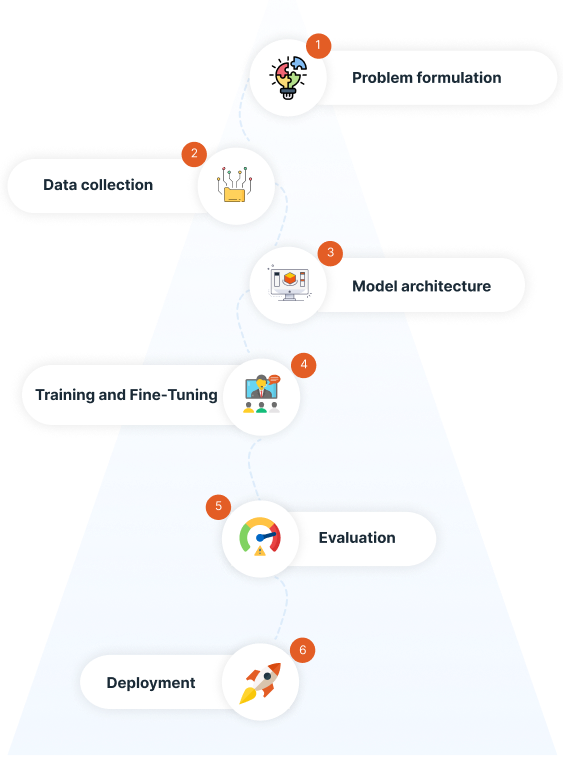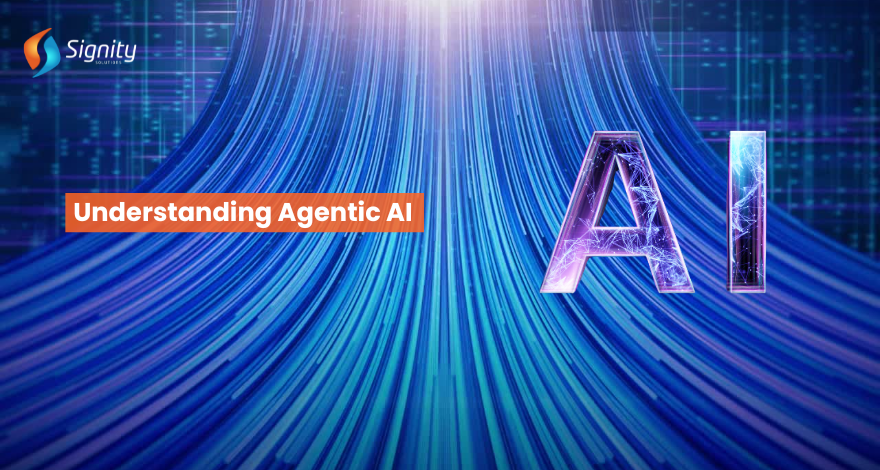Our mastery in various AI models allow us to build robust solutions.
-
Services
AI/ML Services
AI Strategy & ConsultationAI Development Services
AI Chatbot Development
Custom RAG Development
Generative AI
Secure & Private LLM Implementation
Machine Learning Development
MLops
Intelligent
RPA Consulting & Integration
AutomationOffshore Software
Hire Developers
DevelopmentOffshore Development Services
Dedicated Development Team
Custom Software
MVP Development & Consulting
DevelopmentCustom Web App Development
Mobile App Development
Job Portal Development
DevOps
Powering Your Growth Through Expert Technology
Delivering real-world solutions that solve challenges and accelerate business growth.

-
Industries
Driving Client Success Through Innovation
Delivering impactful and customized software solutions to meet unique industry challenges.
-
Our Work
Driving Client Success Through Innovation
Explore our portfolio, showcasing successful implementations of advanced technologies.
View allPersonalized Learning with AI
Empowering students through AI-driven educational experiences.
Medical Radiology Chatbot
Transforming Radiology Patient Care with Real-time Support.
AI-Powered Shopping and Cooking
Enhancing grocery experiences with AI for personalized recommendations.
Instant Medical Insights via AI Chatbot
Providing breast cancer patients with secure and evidence-based answers.
-
Resources
Your Gateway To Tech Intelligence
Access thought leadership, trends, and innovation-driven business resources anytime.

Blog
Explore expert articles on AI, RPA, and custom software development.
HubSpot Knowledge Base
Expert-curated content to streamline your HubSpot operations efficiently.
Tech Insights
Gain expert analysis on AI trends and actionable strategies for growth.
Startup Chronicles
Discover articles offering valuable ideas and tips for startup success.
-
Company
We’re More Than a Team We’re a Family
Expertly crafting reliable, scalable solutions focused on your long-term success.
.png?width=344&height=101&name=Mask%20group%20(5).png)
Contact Us
Have questions in your mind, we are just a click away! Get in touch now.
About Us
Solving business challenges through intelligent software solutions.
Life at Signity
A vibrant culture that encourages growth, learning, and meaningful contributions.
Careers
Join a forward-thinking team that is building the future of software solutions.

.png?width=435&height=467&name=banner-img(9).png)
%201.png?width=60&height=60&name=technical-support(1)%201.png)

%201.png?width=60&height=60&name=api(1)%201.png)

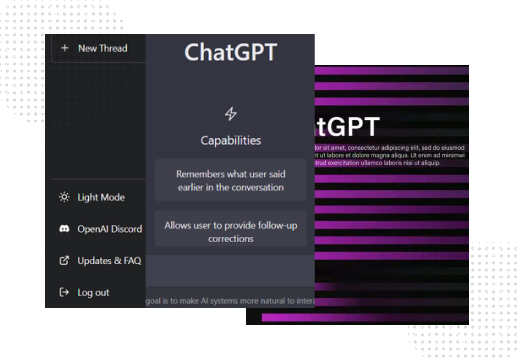
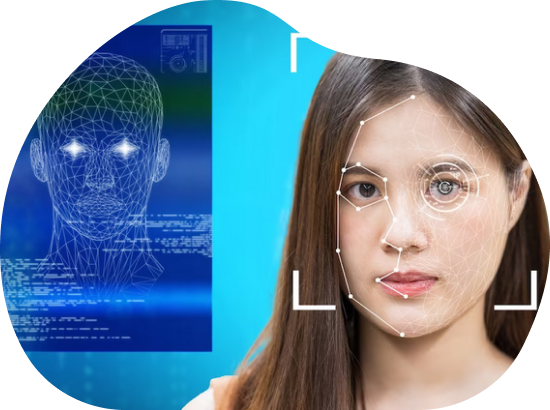
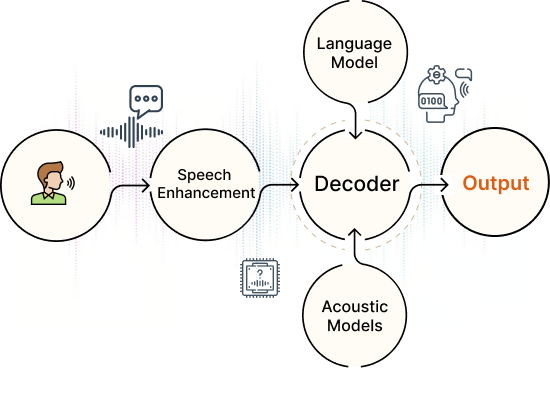
%201.png?width=489&height=372&name=LLM-hero%20(1)%201.png)

